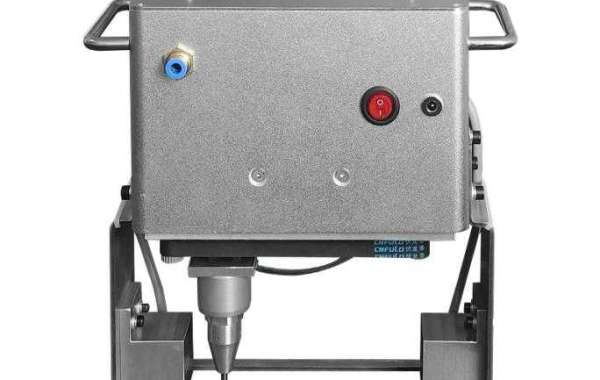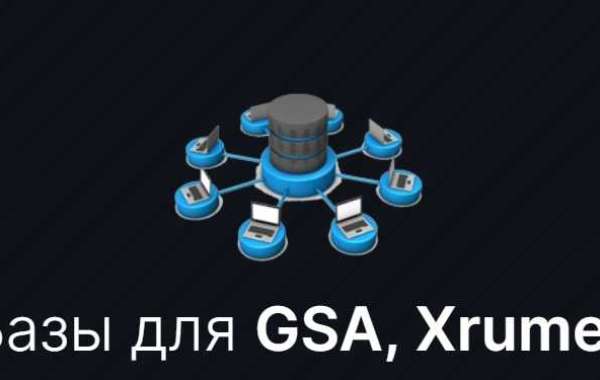Advantages and Disadvantages of Pneumatic Marking Machines
The user experience with pneumatic marking machines varies depending on individual needs and specific application scenarios. Here are some potential experiences:
Advantages:
- High Efficiency:Pneumatic marking machines can quickly print markings on workpieces, improving production efficiency.
- High Precision:The marking pin of a pneumatic marking machine moves along a specific trajectory in the X and Y two-dimensional plane, allowing for the printing of very precise markings.
- Wide Range of Applications:Pneumatic marking machines can be applied to workpieces made of various materials, such as metal, wood, and plastic.
- Low Maintenance Cost:The structure of pneumatic marking machines is relatively simple, resulting in lower maintenance costs.
- Simple Operation:Pneumatic marking machines can be directly controlled by a computer to manage the movement of the marking pin and the marking content, making operation simple and convenient.
Disadvantages:
However, pneumatic marking machines also have some drawbacks, such as:
- High Noise Level:They can generate significant noise during operation.
- High Energy Consumption:They tend to consume more energy compared to some other marking technologies.
- Reliance on Air Source:They require a compressed air supply to function.
- Limited Marking Depth:The achievable marking depth may be restricted compared to other methods.
Furthermore, the initial investment for a pneumatic marking machine can be relatively high, which may pose a financial burden for some small businesses or users with limited budgets.














